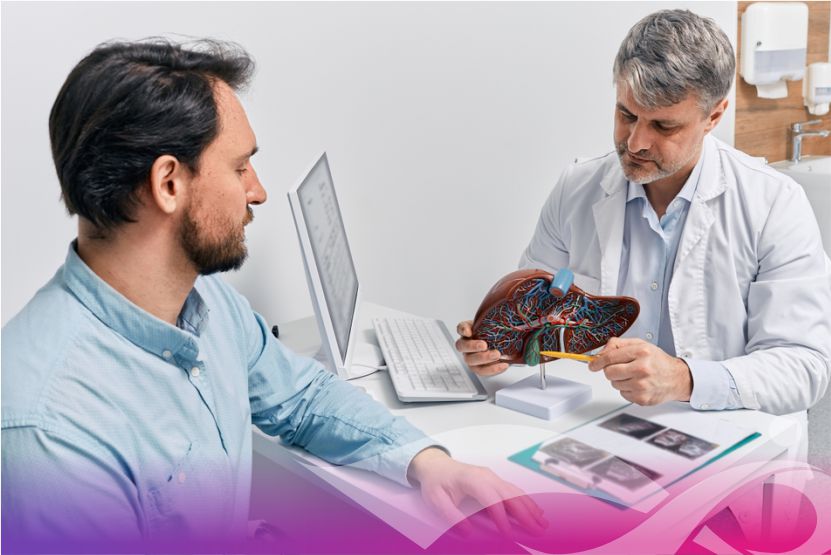A Silent Cancer With a Local Warning
Gallbladder cancer is rare in most parts of the world. But in North India, it's alarmingly common. In fact, this region has the highest recorded rates of gallbladder cancer globally, and the numbers are rising every year. At IOCI India, we’ve seen more patients from states like Uttar Pradesh, Bihar, and parts of West Bengal Walk in with late-stage gallbladder cancer without even knowing they were at risk.
Understanding the cause behind this regional spike is the first step toward prevention and early detection.
What Makes North India So Vulnerable
Unlike lung or skin cancer, which are often linked to obvious risk factors like smoking or sun exposure, gallbladder cancer tends to stay quiet in its early stages. So many people ask us, how long can cancer go undetected. In the case of gallbladder cancer, it can often go unnoticed for months or years.
What’s concerning in North India is the combination of environmental, genetic, and lifestyle factors working together. The Ganges River basin, home to millions, has high levels of water pollution. Studies have shown contamination with heavy metals and industrial waste, which may increase cancer risk over time.
Add to that poor access to routine healthcare, late diagnosis, high rates of gallstones, and dietary habits that include high spice and oil content, and you have a population at unusually high risk.
When Everyday Symptoms Are More Than Just Digestive Issues
Gallbladder cancer often mimics acidity, gas, or gallstones. Mild discomfort in the upper abdomen, nausea, bloating, and even jaundice in later stages can all seem like common stomach problems. But when these symptoms linger, especially in people above the age of 40, we must ask deeper questions.
One of the key concerns patients have been cancer be detected in routine blood tests. The truth is, not always. Gallbladder cancer usually requires imaging tests like ultrasound, CT scan, or MRI for diagnosis. Often, the disease is only caught during surgery or once it has already spread. That’s why awareness matters more than ever.
Not All Tumors Are the Same
A key factor in diagnosis and treatment is understanding the difference between benign and malignant tumors. Benign tumors are non-cancerous and usually don’t spread, but malignant tumors are aggressive and life-threatening. In gallbladder cancer, even small malignant tumors can quickly invade the liver or nearby structures, which makes it more dangerous than it appears.
Unfortunately, many cases in North India are already advanced by the time treatment begins. This delays recovery and reduces survival chances.
What Can Be Done to Protect Yourself and Your Family
The first step is awareness. If you live in North India or have a family history of gallbladder issues, regular checkups can make all the difference. If you have gallstones or have experienced ongoing abdominal symptoms, speak to a specialist.
At IOCI India, we offer specialized programs and diagnostic tools to screen for gallbladder and other abdominal cancers. Our team understands the regional risks and takes them seriously.
We also encourage exploring preventive care options and educating your loved ones about early signs. Ask your doctor about personalized risk factors. Don't ignore symptoms that persist. If needed, get a second opinion to avoid misdiagnosis or delay.
Final Thought: Your Region Doesn’t Have to Decide Your Risk
Just because you live in a high-risk area doesn't mean cancer is inevitable. With early screening, education, and timely care, gallbladder cancer can be caught early and treated with better outcomes.
Consult us at any of our locations across IOCI Noida, Greater Noida, Mumbai, Indore, Chh. Sambhajinagar, Agartala, Saharanpur, Kanpur and Jodhpur.












